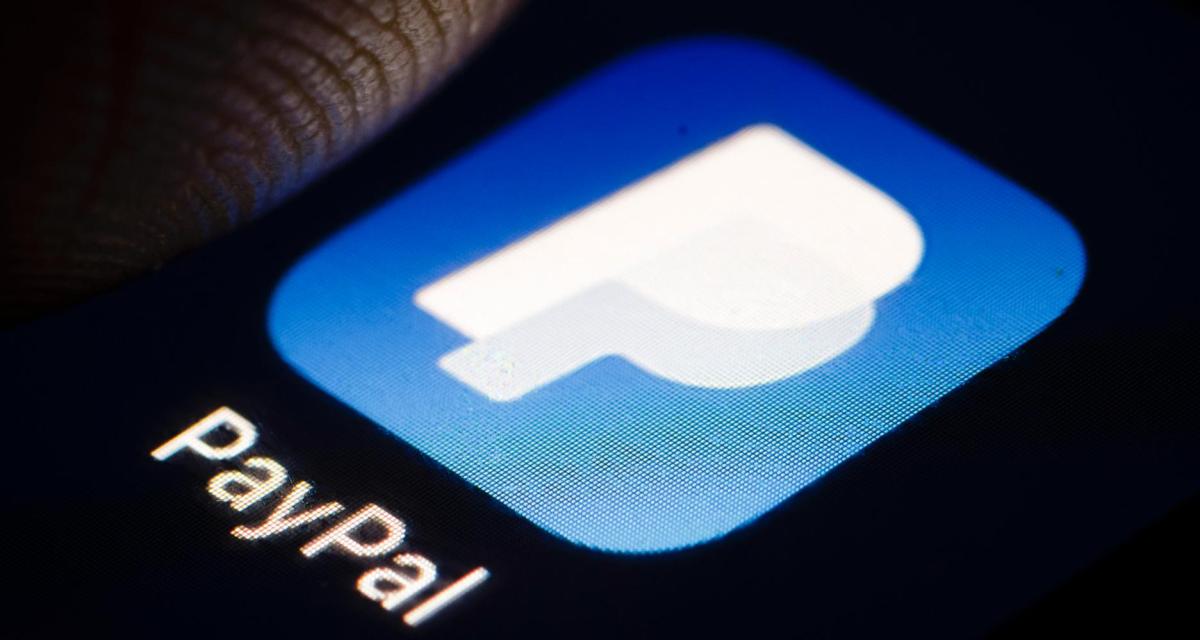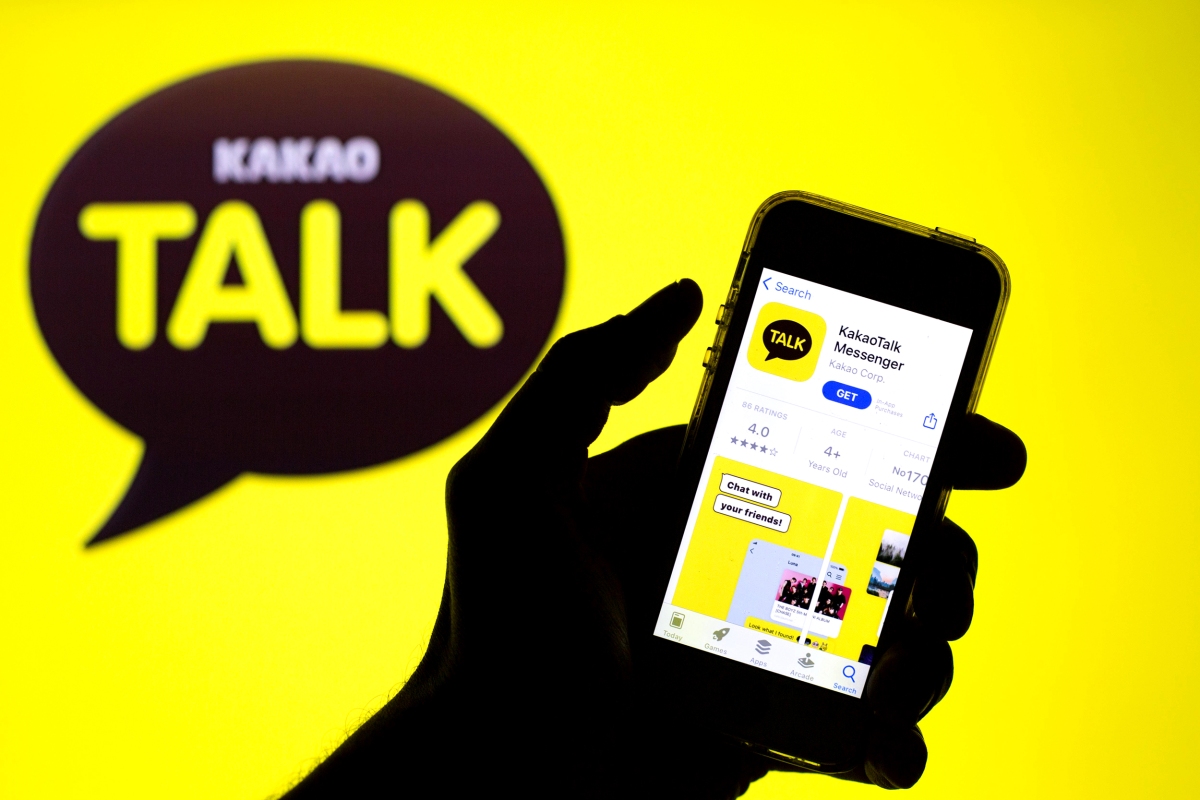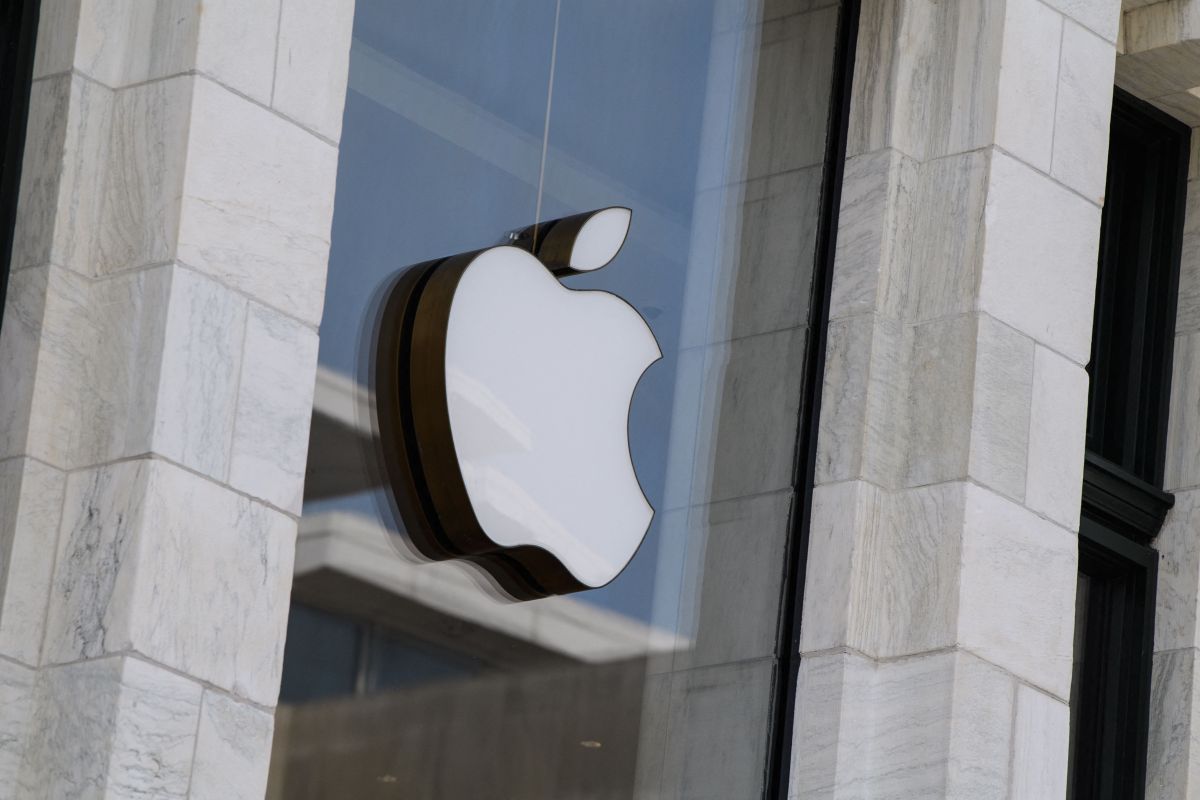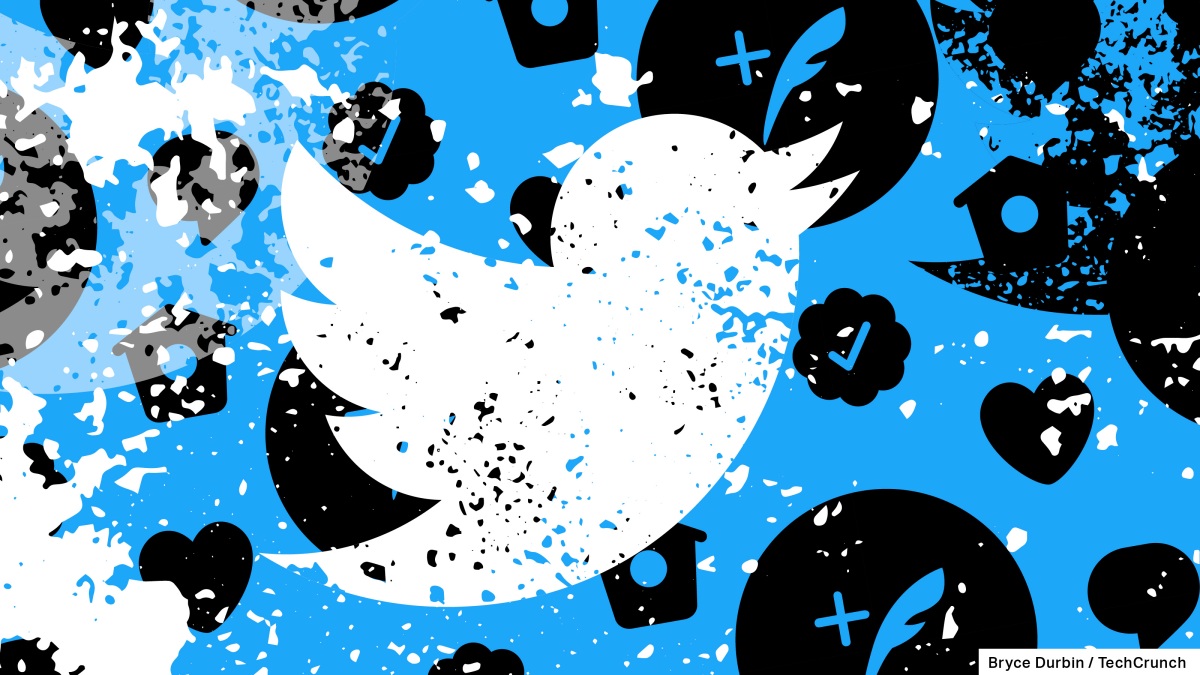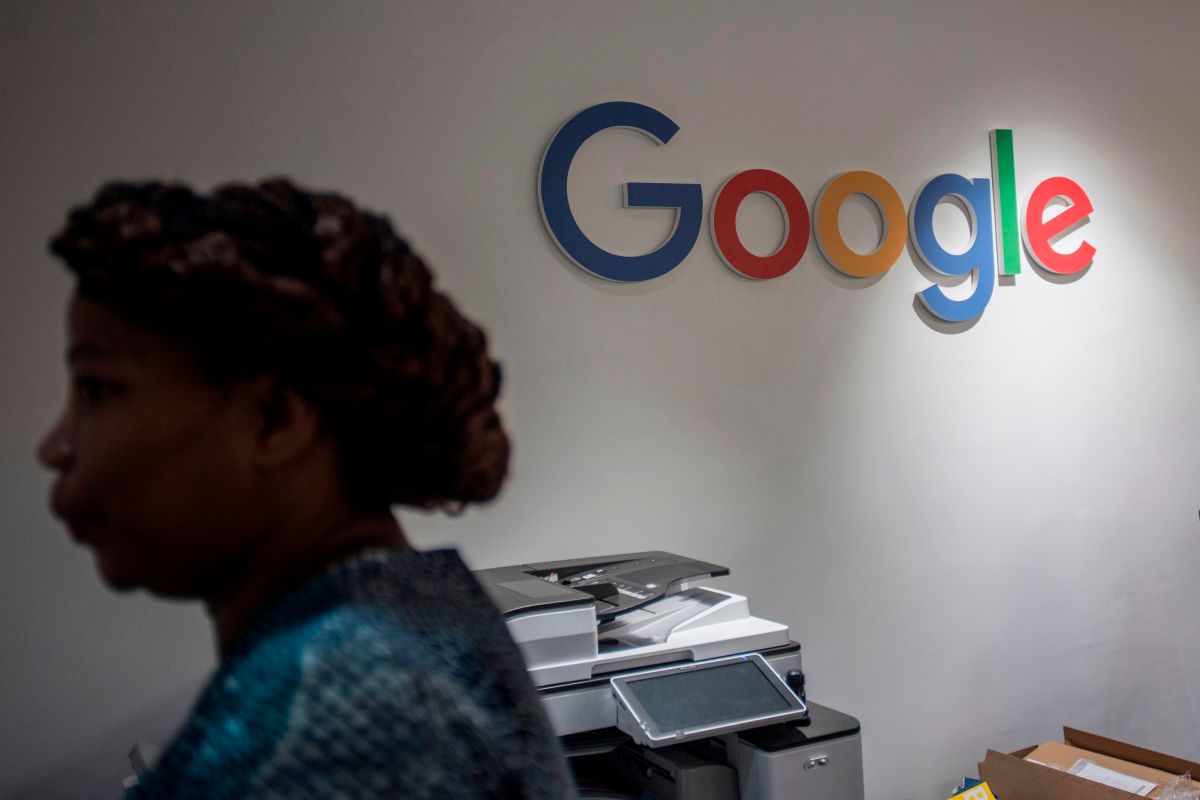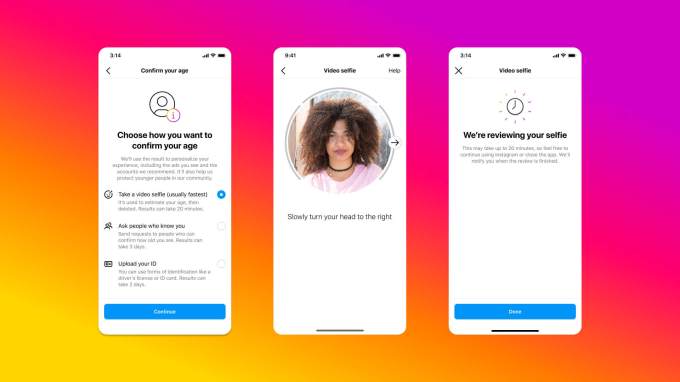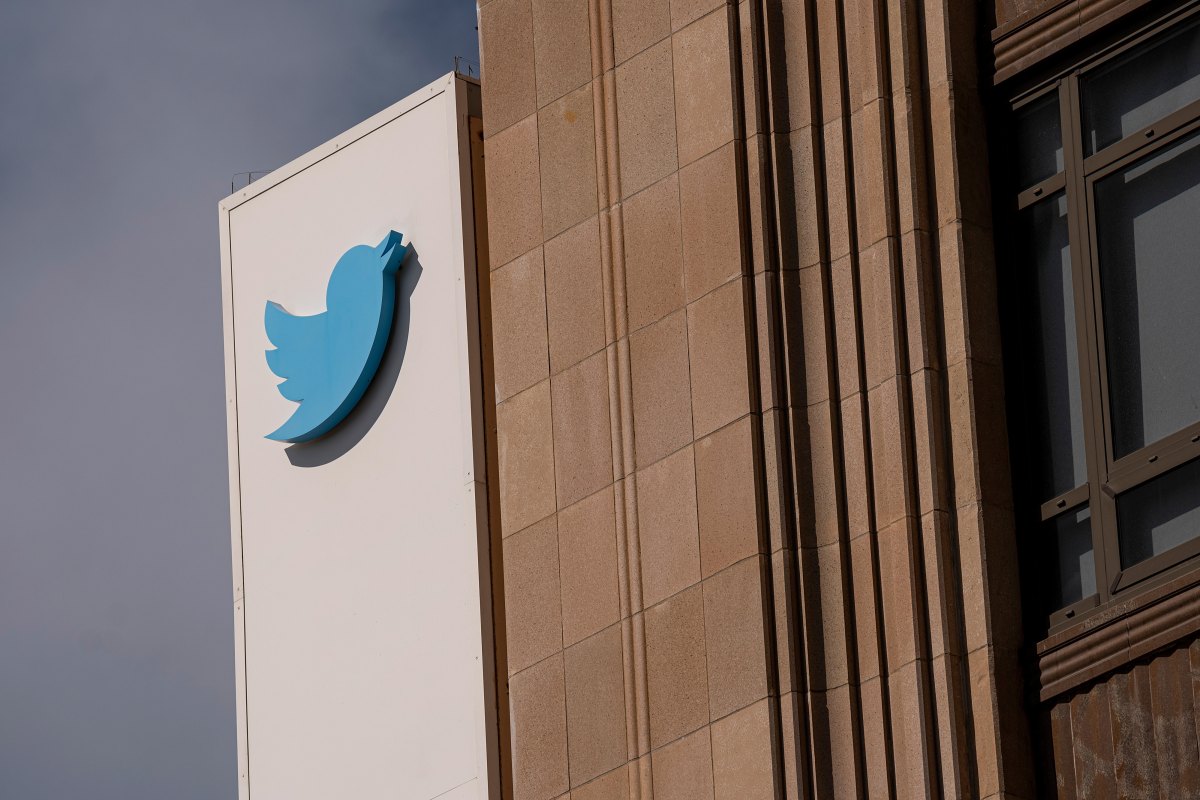PayPal debuts a new rewards program that combines Honey’s discounts with other ways to earn • ZebethMedia
PayPal is taking a step away from the Honey brand, the $4 billion shopping rewards acquisition it made in 2019, with today’s launch of PayPal Rewards. The new program will replace “Honey Gold” — the rewards program for Honey browser extension users, which allows customers to redeem their points for cash, gift cards or PayPal shopping credits. With the new PayPal Rewards, consumers will be able to track and redeem their points directly inside the PayPal app, and will have new ways to earn, the company says. The deal for Honey was intended to give PayPal a better position in the face of the increased competition in the payments space from larger rivals, including Appl, Google and even Facebook (now Meta). The battle for consumer adoption of online and mobile payments had shifted away from the checkout page itself, to compete against all the other places people go to discover, browse, get inspired and deal-hunt — including on retailers’ sites and on social platforms, like Instagram, Pinterest, and today, TikTok. A rewards program, like the one offered by Honey, works to entice users by offering promo codes and coupons for favorite retailers, while redirecting them away from Amazon with better prices. Features like the price tracking “droplist” also help consumers find the best deals on items they’re considering. And, with last year’s revamp of the PayPal app, personalized deals and rewards became a larger part of the mobile experience as well. This year, PayPal customers have saved nearly $200 million through the Honey cash back and discounts program, says PayPal. With the launch of PayPal Rewards, the company is now combining the rewards being offered to PayPal customers across multiple PayPal products, including the Honey browser extension, the PayPal app, and, in the future, various card products. Rewards will also be given its own dedicated spot in a new part of the PayPal app, where shoppers can track and redeem their points as they earn. When customers want to redeem their points, there won’t be category restrictions or account minimums, the company notes, and the points can be converted to cashback at a rate of 100 points equaling $1 USD. Once redeemed as cash, the funds can be transferred to a linked bank account, deposited into a PayPal Savings account, donated to a charity, or sent to someone else as a peer-to-peer (p2p) payment. With the new in-app hub, customers will also be able to earn points through personalized engagement in the PayPal app, in addition to the browser extension, and will be able to be stacked with the rewards earned from their payment card programs. This personalized engagement introduces a new way for a customer to earn PayPal Reward points by doing things like linking a debit card or bank account to their PayPal, for example. If the customer has already done so, they might be presented with a different action to take. Image Credits: PayPal The company is touting the move ahead of the 2022 holidays and traditionally, the biggest quarter for online shopping. This year, however, the e-commerce landscape is looking a little different, with more spending expected to start earlier thanks in part to Amazon’s decision to host a second Prime Day event in October, leading other retailers to follow suit. Still, Adobe predicts consumer spending will still increase this year by 2.5% during the Nov. 1-Dec. 31 time frame, reaching $209.7 billion. “With the financial challenges people face these days, brought on by rising prices and the need to tighten budgets, it can be frustrating to shop for everyday essentials or plan for the holidays,” said Greg Lisiewski, Vice President of Shopping and Global Pay Later, in a statement about the launch. “PayPal Rewards makes it easy to find sales, discounts, and great deals when making a purchase with PayPal – through cash back, discount codes, or other rewards,” he said. Image Credits: PayPal
